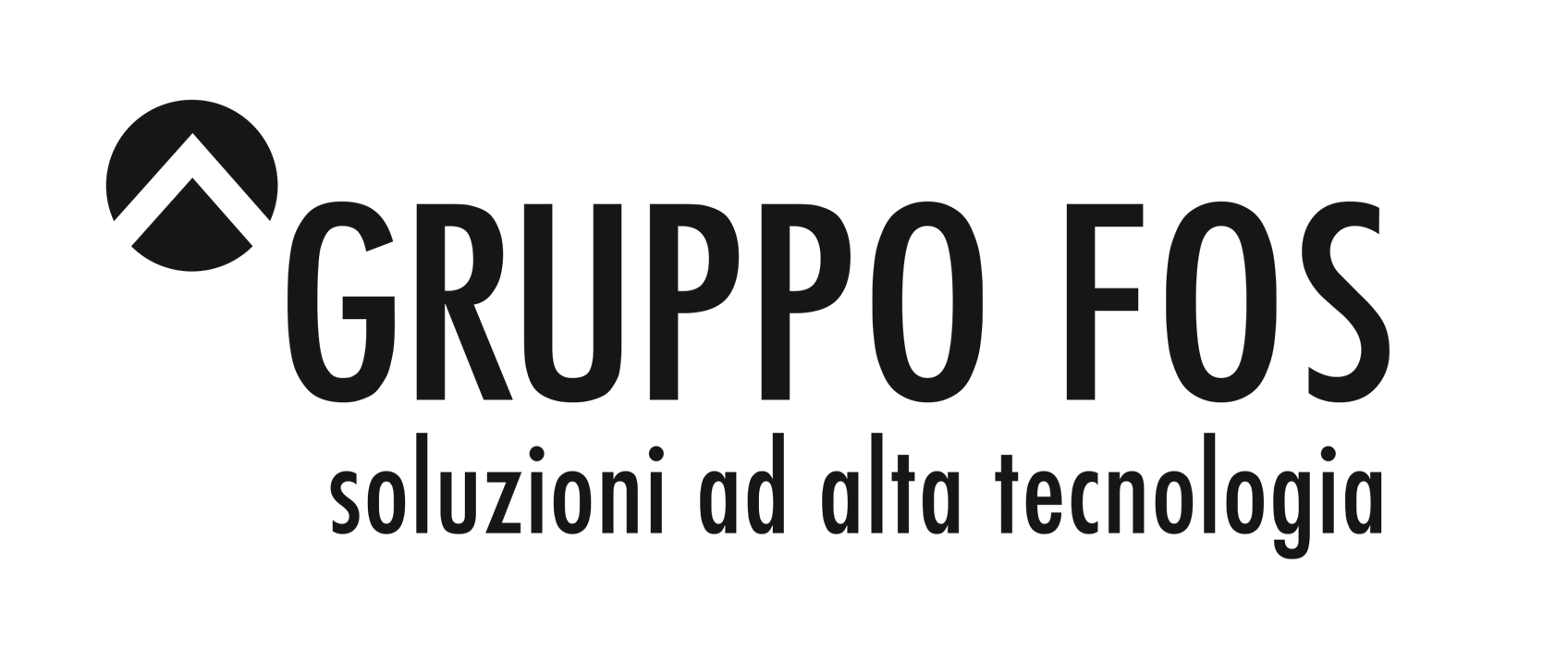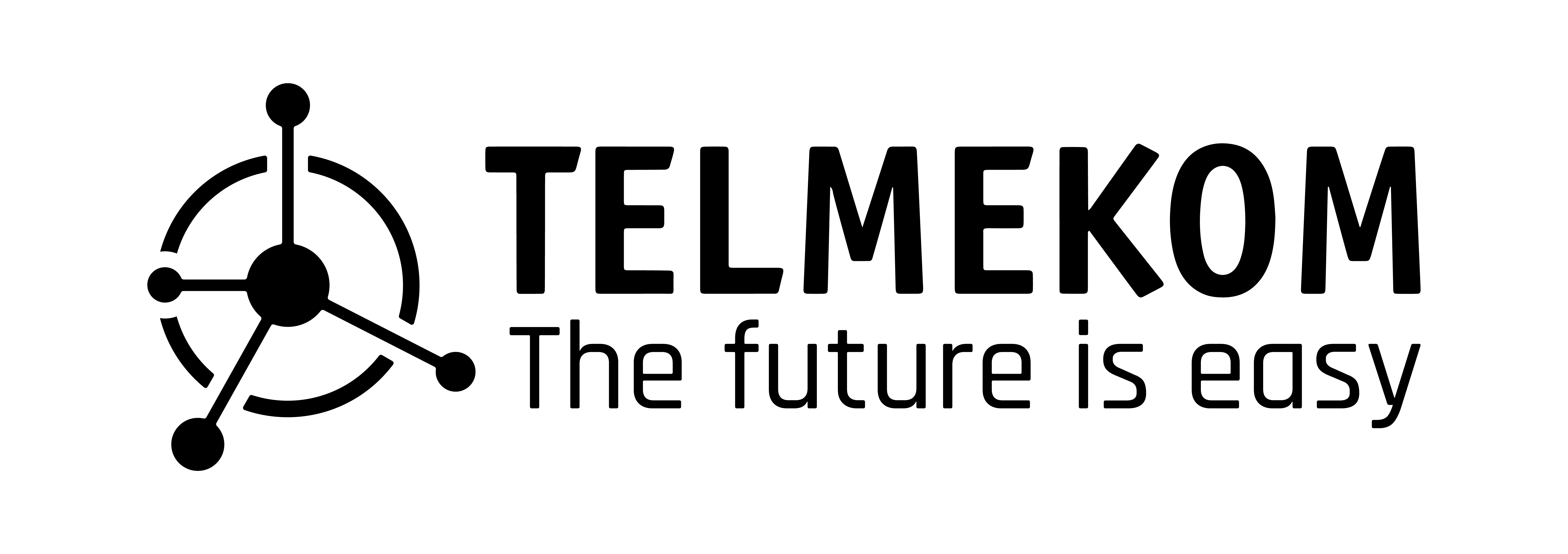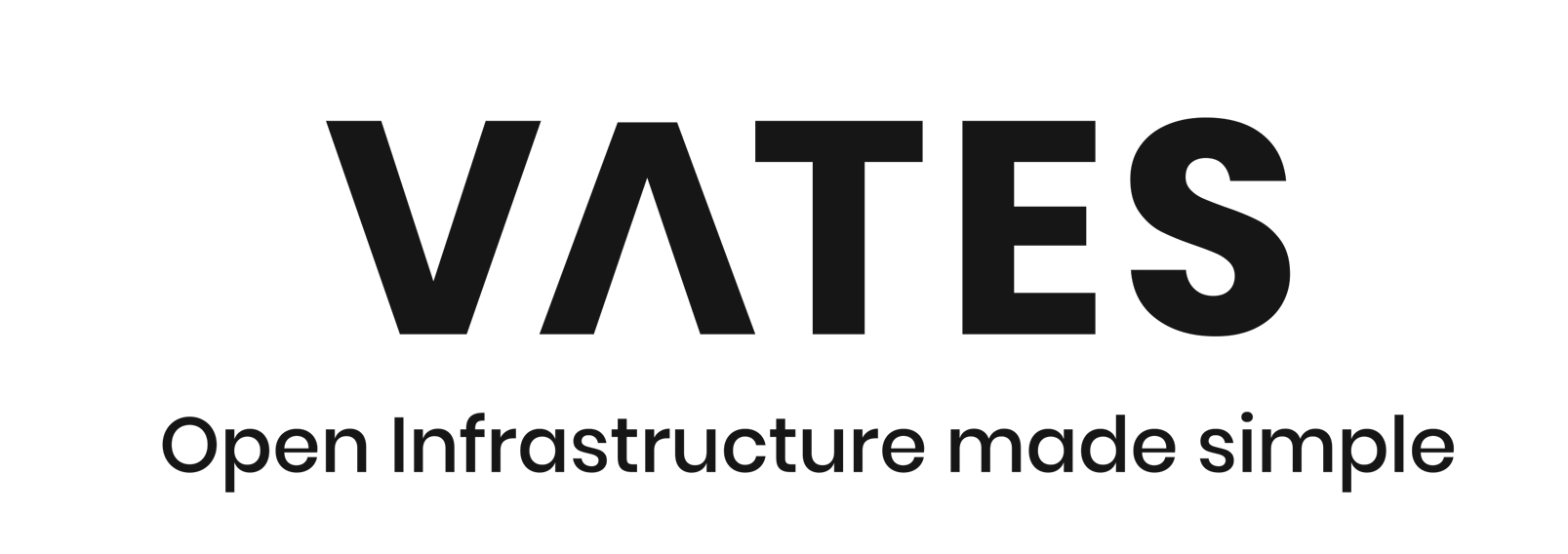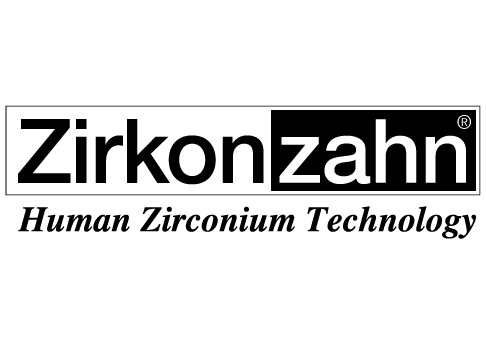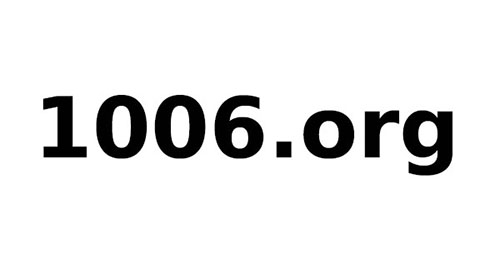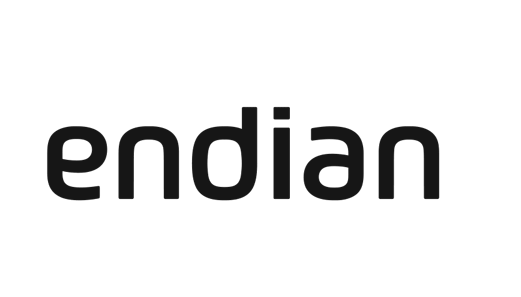In agriculture the monitoring of crop fields via satellite imagery is a recent and increasingly used approach that enables to derive different vegetation indexes (NDVI, LAI) that are useful to assess the status of the plants and the vegetation. In this talk we present the approach we used to implement an automatic monitoring system that analyzes Sentinel-2 satellite data and exposes the data via a web visualization tool by using Open Source software components available on the EDP (Environmental Data Platform) developed by the Center for Sensing Solutions.
The monitoring system consists of a processing system that analyzes the satellite imagery data, producing the vegetation index maps, and a web visualization tool that allows to inspect and visualize the timeseries of data by using a dedicated time slider tool. The satellite images are collected and organized in a Data Cube with Open Source frameworks (Rasdaman, Open Data Cube) and exposed with the Open Source OpenEO API for accessing and processing efficiently the large dataset timeseries.
Each time a new satellite image is available, the system pre-processes the data, derives the relevant vegetation indexes (NDVI, LAI) in vector format and stores the data inside the Open Source database PostgreSQL with PostGIS extension enabled. Zonal statistics are performed at the database level with standard SQL queries to create a hexagonal vector layer that represents the information of the data. The layer is stored as a timeseries in the database. The map visualization tool based on the Open Source framework GeoNode enables to easily create a dedicated map and visualize the hexagons as timeseries layer that is scrollable with a timeline slider tool.
With this use case we want to demonstrate that the Open Source software components that are available on the implemented EDP (Environmental Data Platform) allow to create workflows for processing and visualizing data efficiently by re-using available Open Source software components.


